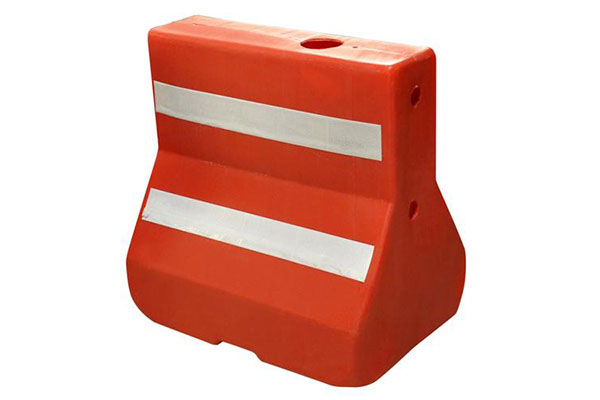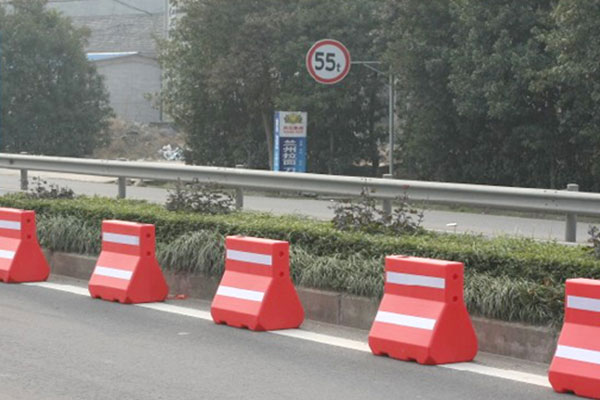What is a Water Filled Barrier?
In the realm of traffic management and construction safety, water-filled barriers stand as indispensable tools, serving a crucial role in safeguarding both workers and motorists. These barriers are not only effective in controlling traffic flow but also provide a protective shield against potential hazards. Let’s delve deeper into what water-filled barriers are, their uses, benefits, and why they’re an essential component in various industries.

What is a Water-Filled Barrier?
Water-filled barrier is a portable, temporary barricade typically used in construction zones, roadworks, events, and crowd control scenarios. These barriers are made from high-density polyethylene (HDPE) and are designed to be filled with water to enhance stability and effectiveness. They come in various shapes and sizes, ranging from cylindrical to rectangular forms, catering to different needs and requirements.
Uses and Applications:

- Traffic Management: Water-filled barriers are primarily employed to delineate lanes, redirect traffic, and create safe work zones in construction areas. Their high visibility and sturdy construction make them ideal for guiding motorists and preventing accidents in dynamic traffic environments.
- Construction Sites: In construction sites, these barriers act as protective shields, separating workers from ongoing construction activities and potential hazards such as heavy machinery or falling debris. They also serve as a barrier against unauthorized access, ensuring site security.
- Event Management: During events, concerts, or festivals, water-filled barriers play a crucial role in crowd control and perimeter delineation. By strategically placing these barriers, event organizers can manage pedestrian flow, restrict access to restricted areas, and ensure the safety of attendees.
Benefits of Water-Filled Barriers:
- Portable and Easy to Install: Unlike traditional concrete barriers, water-filled barriers are lightweight and easily transportable, allowing for quick deployment and repositioning as needed. This versatility significantly reduces labor costs and minimizes disruptions to traffic flow.
- Enhanced Safety: The water-filled design of these barriers provides added stability and impact resistance, reducing the risk of accidents and injuries. Additionally, their bright colors and reflective strips improve visibility, especially in low-light conditions or adverse weather.
- Cost-Effective Solution: Water-filled barriers offer a cost-effective alternative to traditional barricades, providing comparable safety and functionality at a fraction of the cost. Their reusable nature and durability make them a sound investment for construction companies, event organizers, and government agencies.
Conclusion:
Water-filled barriers are invaluable assets in the realm of traffic management, construction safety, and event planning. Their versatility, portability, and enhanced safety features make them indispensable tools for creating secure work zones, managing traffic flow, and ensuring public safety. As industries continue to prioritize efficiency and safety, water-filled barriers stand as an essential solution to meet these evolving needs.

